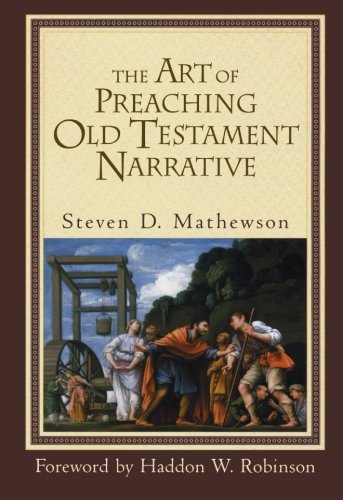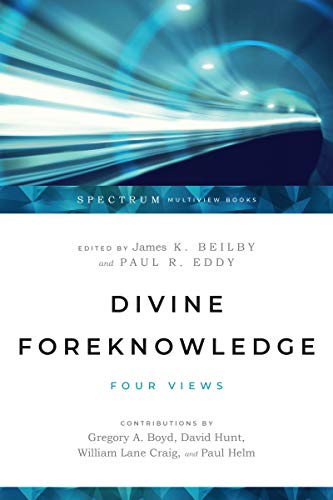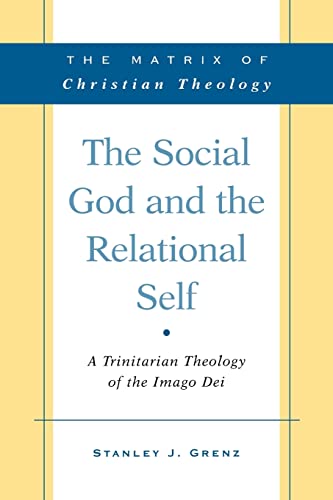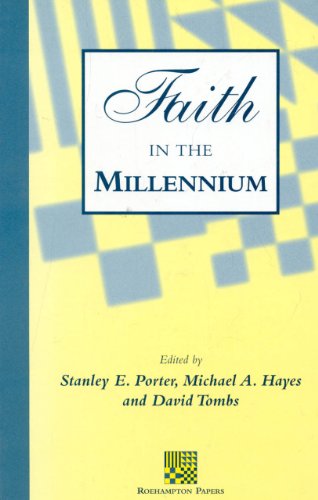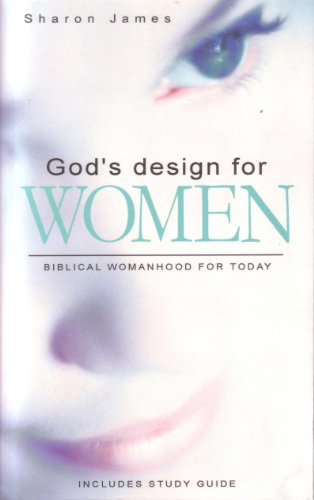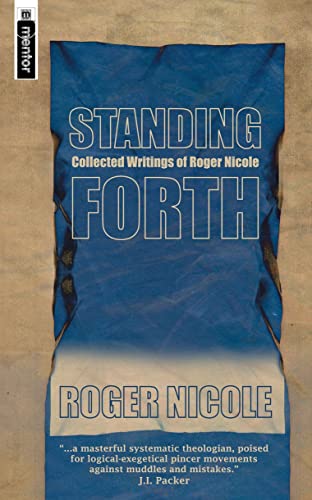THE ART OF PREACHING OLD TESTAMENT NARRATIVE
Written by Steven D. Mathewson Reviewed By Bob FyallThis book joins the growing number of publications on preaching, especially focussing on the effective communication of OT narrative. The author’s enthusiasm for the subject comes out clearly in the preface, as does his desire to help others engaged in the same task.
Mathewson sets out his material clearly. An introductory chapter speaks of the challenges and rewards of preaching from narrative, and the now almost obligatory health warning about propositional preaching. Then the main body of material is set out in three sections.
Section 1 is entitled ‘From Text to Concept’ and deals with such topics as plot, characterisation, setting and perspectives. Chapter 4, on characterisation, is gripping and well supported from the author’s own studies; in many ways this is the most useful part of this section.
Section 2, ‘From Concept to Sermon’ examines how narrative can be most effectively presented in preaching. Mathewson deals with such issues as shaping the sermon, having a clear purpose in mind, the importance of memorable language and the need for interesting and effective introductions and conclusions. Advice is given on style, posture, gesture and use of voice.
Part 3 is entitled ‘Sermon Manuscripts’. These model the principles outlined in parts 1 and 2. Mathewson gives one of his own sermons on Genesis 22 as well as examples from other preachers, including Haddon Robinson who contributed the Foreword. They also include an interview with each of the preachers about how they constructed their sermons and about preaching in general.
Finally there are two appendices: the first on advanced plot analysis using Hebrew and the second on commentaries on OT books. There is a bibliography and Scripture and subject index.
This book ought to be read by those unconvinced of the value of preaching as well as those who feel they have gone stale in the task, and those whose preaching seldom tackles narrative. It is engagingly written and the author has a light touch and an infectious enjoyment of the subject matter.
The book, however, needs to be used with caution and with a critical engagement with its subject matter. This reviewer, while enjoying and profiting from the book, has a number of reservations. The first relates to style. The book is longer than it needs to be, and this is in no small part due to the very extensive quotations that often pad out the chapters. Similarly, Mathewson is fond of lengthy illustrations that would be fine orally but in print tend to impede the flow of the argument. A crisper style and a more rigorous selection of material would have increased the book’s impact.
A further issue is the relationship of Parts 1 and 2 to Part 3. In some ways the book promises more than it delivers. The sermons are all interesting but do not necessarily exemplify some of the principles of the first two parts. Printed sermons have real value, but it is always difficult to transfer a spoken medium to a written one. More needs to be said about transferring Hebrew narrative to modern narrative. Mathewson, along with many others, emphasises the danger of simply quarrying stories for propositions or reducing exciting tales to trite moralising. Granted. However, the current craze for narrative preaching must not be overdone, not least because so much else of the Bible is poetry and few of us are gifted poets.
Read the book, then, learn from it but use it to stimulate your thinking and refresh your practice rather than follow it slavishly.
Bob Fyall
Rutherford House, Edinburgh


